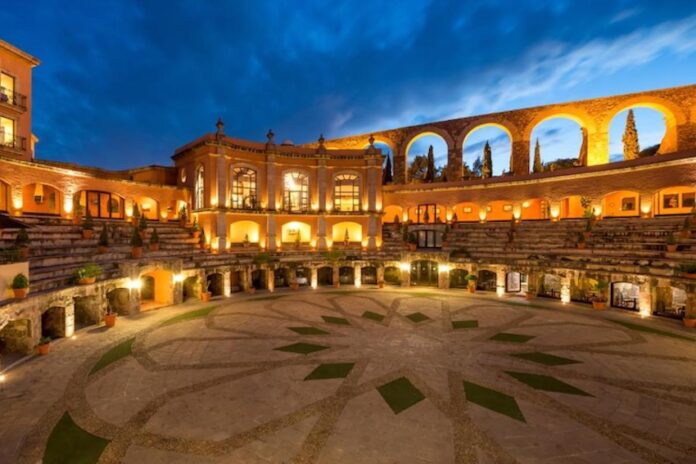There’s a certain kind of traveler who comes to Mexico not just for the sun, but for the soul. The ones who understand that culture isn’t something you read in a book — it’s something you taste in a grandma’s mole poblano, hear in the rhythm of an Indigenous language, and feel in a centuries-old celebration.
It was this yearning to connect with Mexican culture that drew me to San Miguel de Allende, where I’ve lived for the past two years with my family. We were living in Playa del Carmen before that, fully embracing the outdoorsy lifestyle and international community. But something was missing: We felt like we were in a bubble, disconnected from the true spirit of Mexico.
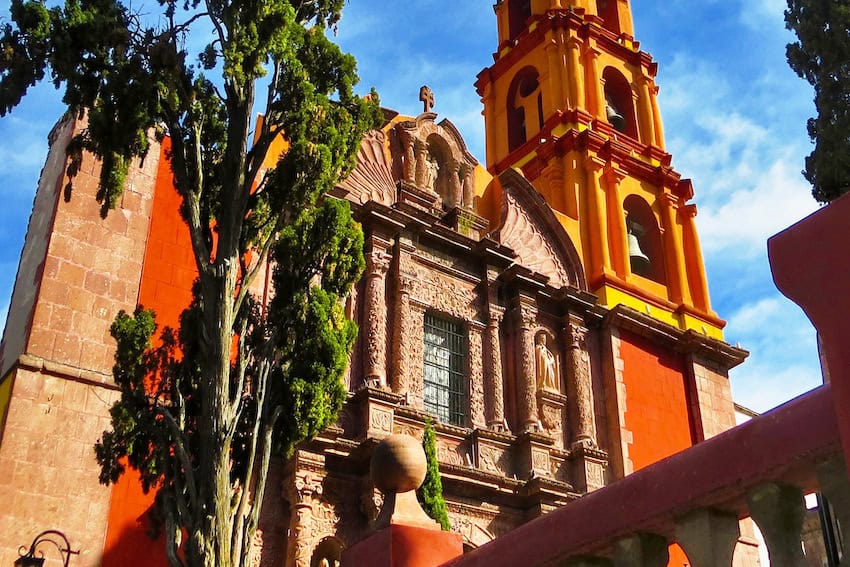
When we moved our home base to San Miguel, the shift was apparent. It didn’t take long for our family to connect with the local community and build friendships with welcoming Mexicans who all eagerly shared their foods, traditions and way of life. The vibrant festivals, colorful markets and amazing people here have helped us to truly immerse in Mexican culture and get under the skin of Mexico.
In that spirit, I introduce you to the next installment of the Where to Travel in Mexico 2025 series, where we pick out the best of the country tailored to different types of travelers. Here are six destinations for culture travelers, each offering a unique window into Mexico’s identity.
Pátzcuaro: For Purépecha traditions

Forget what you think you know about Día de Muertos from animated movies. To truly understand its profound, soulful roots, you must come to the source: the Lake Pátzcuaro region in Michoacán. While the island of Janitzio gets most of the fame, the real magic is found in the smaller lakeside villages and the enchanting Pueblo Mágico of Pátzcuaro itself.
This is the heartland of the Purépecha people, a unique Indigenous group whose ancestors have existed since pre-Hispanic times. Their language, crafts and food are on full display in Pátzcuaro. My favorite thing to do here is sit by Plaza Vasco de Quiroga, one of the largest and most beautiful squares in Mexico, listening to the Purépecha language spoken around me and getting a sense of the culture that has endured for centuries.
Here, you’ll also see women in traditional dress selling intricate embroidery and copper goods from the nearby town of Santa Clara del Cobre. With extra time, you can visit the surrounding artisan villages, each with its own specialty, from wooden masks in Tócuaro to woven reed mats in Ihuatzio. Explore the Tzintzuntzan archaeological site, the ancient capital of the Purépecha, where a majestic row of five circular pyramids stands overlooking Lake Pátzcuaro. Then take a boat to the island of Yunuén for a quieter, more authentic experience than Janitzio.
Zacatecas: For baroque architecture
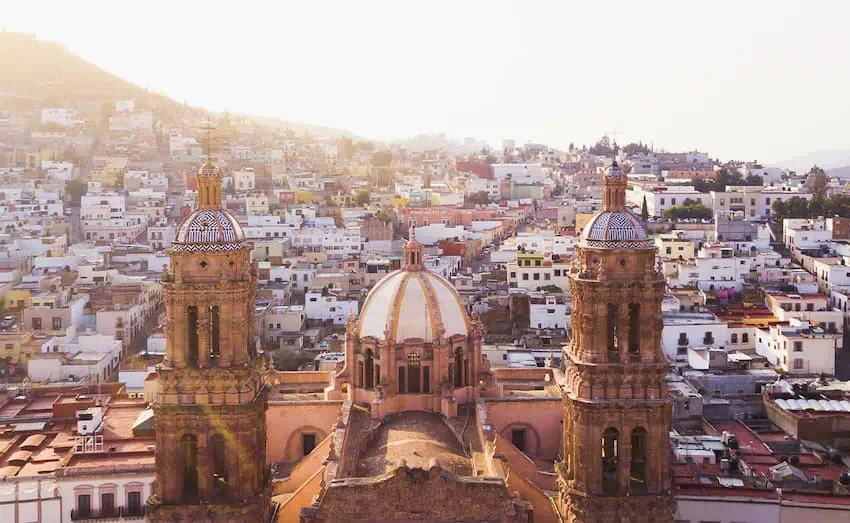
If the crowds of Guanajuato or San Miguel de Allende feel overwhelming, let me introduce you to their lesser-known, equally stunning cousin: Carved from pink cantera stone and nestled in a high desert valley, Zacatecas is arguably one of Mexico’s most charming colonial cities.
A UNESCO World Heritage site, Zacatecas built its wealth on silver, and that opulence is etched into every corner of its dramatic, baroque architecture. The city’s cathedral is a masterpiece of Churrigueresque detail (a dramatic style of Baroque architecture infused with Mexican touches). Don’t miss the city’s phenomenal museums — including the Rafael Coronel Museum, which houses the world’s largest collection of Mexican masks and the Manuel Felguérez Museum of Abstract Art, a world-class institution set in a former seminary.
But the culture here isn’t just in the past. Zacatecas has a surprisingly edgy and artistic soul. Ride the teleférico (cable car) across the city for staggering views, and head up to Cerrito de la Fe to see the largest statue of Jesus Christ in Latin America. Then, do something you can’t do anywhere else: go clubbing inside a former mine. La Mina Club, located deep within the 16th-century El Edén mine, is an unforgettable experience.
Oaxaca’s Central Valley: For Zapotec art
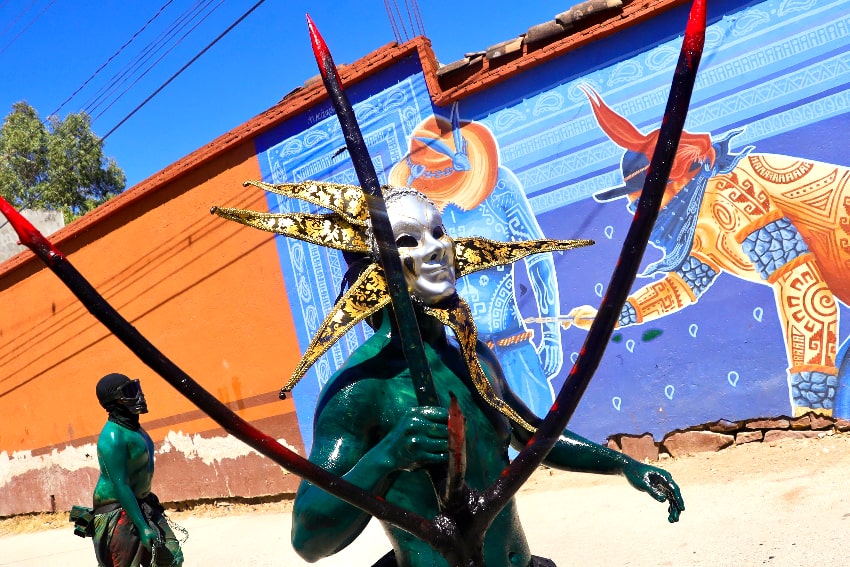
Yes, Oaxaca City is a cultural hub, but the true heart of its artistic traditions beats in the small villages that dot the surrounding valley. A visit to the Central Valley is about cultural immersion and understanding the deep connection between the Zapotec people and their land.
Basing ourselves in Oaxaca City, my family took several day trips out to the valley and found ourselves diving deep into the Zapotec culture. In San Martín de Tilcajete, we visited wood carving workshops and met artists who magically turn them into fantastical creatures known as alebrijes. In San Bartolo Coyotepec, we watched craftsmen magically transform a lump of grey clay into gleaming black pottery. I remember watching a weaver in Teotitlán del Valle dipping raw wool into a bubbling pot of marigold, transforming it into a vibrant crimson wool rug that the village is so famous for.
The best experience of all was visiting a palenque (traditional distillery), getting to know the family who owns it, and trying mezcal made the ancestral way using wood-fired pit ovens and hand-shredded agave. The stories they told were woven into the very fabric of the smoky, earthy mezcal we were sipping. Each sip carried the weight of generations, the warmth of the sun-baked earth, and the echo of their laughter around the fire.
Valladolid: For Mayan culture and cenotes
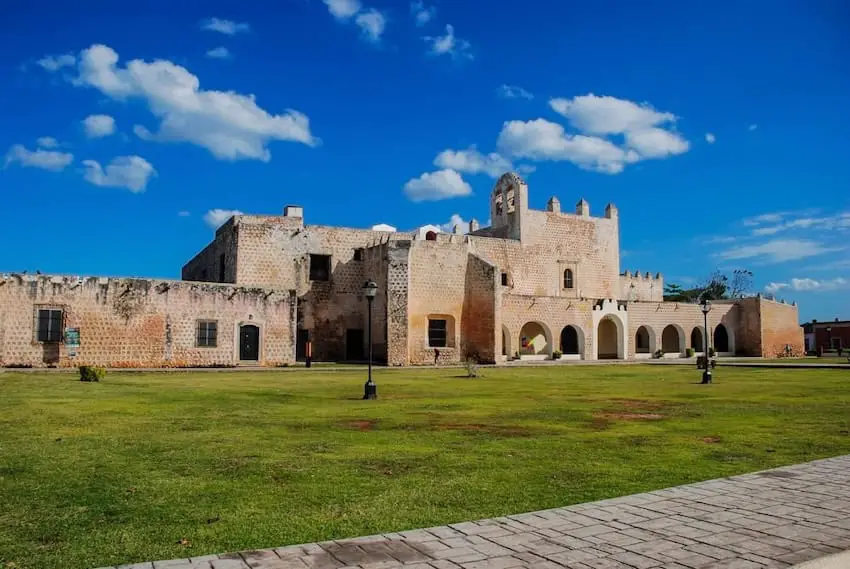
Just two hours from Cancún, Valladolid is a small, charming pueblo mágico with pastel-colored walls and cobblestoned streets. But beneath that Spanish veneer beats a powerful Mayan heart. You’ll see indigenous Mayan ladies strolling about town in their embroidered huipil, people speaking Mayan language and vendors selling Mayan ingredients like Achiote in the markets.
As the nearest town to Chichén Itza, Valladolid serves as an authentic base for exploring Yucatan’s wonders. While most people only pass through Valladolid on their way to the world-famous archaeological site, it’s wise to spend a few days exploring this culturally rich town. Walk the photogenic pedestrianized street Calzada de los Frailes, before exploring the immaculately preserved Convent of San Bernardino of Siena. Enjoy dinner at IX CAT IK where you can learn about Mayan cooking and try foods prepared with ancestral recipes and homegrown produce.
One of the highlights of Valladolid for me is Cenote Zaci, a semi-open cenote right in the middle of town. Plunging into that cool, impossibly clear water, in a limestone cavern dripping with vines, you feel like entering another world. For the ancient Mayans, these natural sinkholes weren’t just swimming spots; they were sacred portals to the underworld, Xibalba. On your last day, rise early to reach Chichén Itzá at 8 am (before the tour buses arrive), and you’ll have the place to yourself.
Tepoztlán: For spiritual traditions
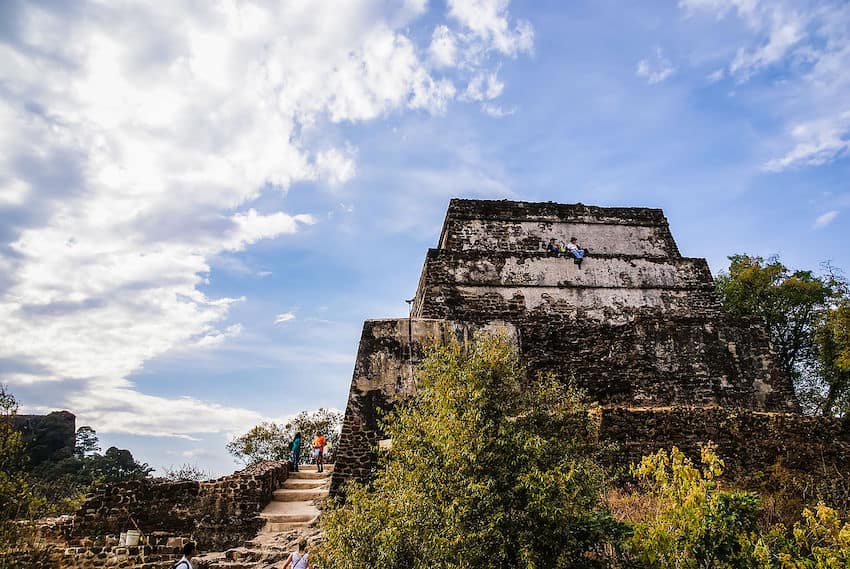
Two hours south of Mexico City lies a town cradled in a dramatic valley topped with a pyramid-shaped cliff. Since pre-Hispanic times, Tepoztlán has been considered a place of powerful energy. Today, it’s a fascinating blend of ancient tradition, Catholic faith and New Age spirituality. It’s where you’re just as likely to see a traditional street procession as you are to find a yoga retreat or a temazcal sweat lodge.
If you’ve never tried the temazcal, this is the place to do it. The pre-Hispanic sweat lodge ceremony, led by a local guide, is an intense but incredibly cleansing experience that uses heat, steam and sacred herbs to purify the body and spirit. It’s a powerful, tangible link to Nahuatl healing traditions. Many resorts here, such as Amate Camp, also offer wellness experiences such as the traditional cacao ceremony, sound bath meditation and breathwork.
For a more profound connection to the town’s ancient roots, make the rewarding hike up the steep, forested path to the Tepozteco pyramid. Reaching the top, breathless, and looking out over the valley from this temple dedicated to the god of pulque, feels like a true pilgrimage.
Puebla city: For artistic and culinary culture
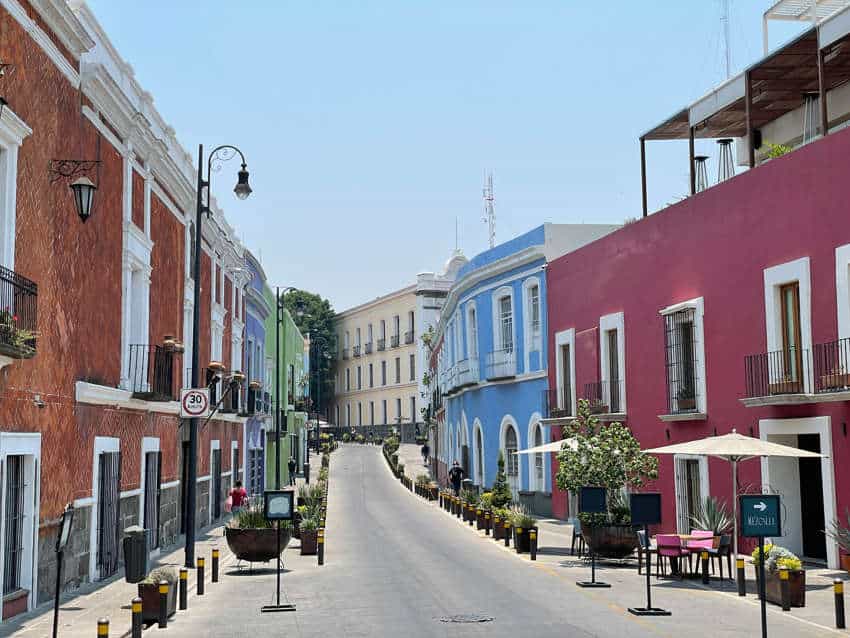
Puebla is a city of high art, and I mean that in every sense – you see it in its architecture, streets and food. I once took a cooking class here to learn the tricks to the well-known regional dish, mole poblano. This iconic sauce is a rich, flavorful blend of chiles, spices and chocolate — and the most famous version of it was created right here in Puebla.
The entire historic center feels like an open-air museum. I found myself constantly looking up, captivated by the historic buildings adorned with intricate blue and white Talavera tilework, a signature style of the region. This Poblano Baroque architectural style is particularly evident in the Capilla del Rosario within the Templo de Santo Domingo, a chapel lavishly covered in gold leaf. Entering the church feels like stepping inside a treasure box.
To soak in Puebla, start with a stroll down the famous Calle de los Dulces (Street of Sweets), where generations-old shops offer a taste of the city’s confectionary traditions. Continue to Biblioteca Palafoxiana, a magnificent wood-paneled library recognized as the first of its kind in the Americas. For a glimpse into the city’s living artistic soul, spend some time in the artisan neighborhood, Barrio del Artista, and watch painters at their easels. End your trip on a high note at the nearby El Viejo Rosario, and indulge in their decadent mole poblano.
San Cristóbal de las Casas: For social history
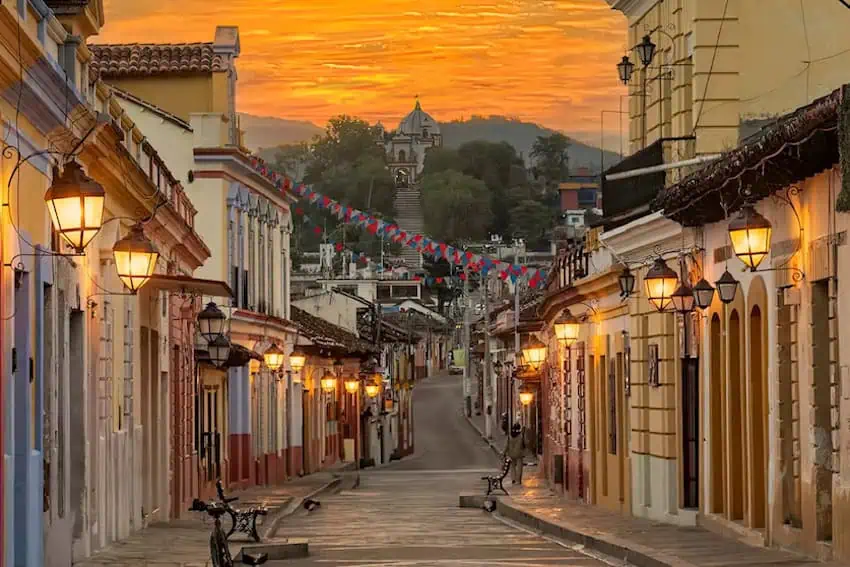
The air in San Cristóbal de las Casas is thin and crisp. Perched high in the Chiapas mountains, this city is a cultural crossroads where backpackers, artists and Indigenous peoples from surrounding Tzotzil and Tzeltal villages come together. The city’s life spills out onto its network of cobblestoned andadores (pedestrian streets), flanked by centuries-old churches and amber-colored buildings.
The city hums with a palpable social and political consciousness, a direct legacy of the Zapatista movement that put Chiapas on the world stage. The 1994 uprising, led by the Zapatista National Liberation Army (EZLN), was a fight for Indigenous rights after centuries of neglect. That history continues to shape the city’s identity today, where social justice is part of the daily conversation.
The most powerful cultural experience I had in San Cristóbal was in the village of San Juan Chamula, just 10 kilometers away. Inside the town’s famous church, the floor is covered in pine needles and families kneel among hundreds of flickering candles, chanting in Tzotzil and making offerings of Coca-Cola and pox (a local spirit), blending Mayan spirituality with Catholic belief. Note that photography is strictly prohibited in the church; please adhere to their rules as it’s a deeply sacred space that demands respect.
What’s right for each type of traveler?
We’ve put together a table summarizing which destination would suit culture travelers based on their experience in Mexico.
Beginner travelers are those with limited international experience; maybe this is their first trip to Mexico. Ideal for first-timers who prefer margaritas with training wheels. These travelers stick to well-trodden paths, mastering “¿Dónde está el baño?” while clutching a phrasebook. They thrive in destinations where guacamole arrives with optional spice and the hotel staff speak Google Translate.
Intermediate travelers are those with some international experience who can handle moderate language barriers and cultural differences. Ready to trade resorts for real-deal experiences, these travelers navigate cobblestone streets without face-planting. They’ve graduated to ordering “tres tacos al pastor” without pointing and can haggle for a sombrero in Oaxaca’s markets… but still overpay by 20%.
Advanced travelers are those with extensive experience navigating complex destinations independently. These wanderers treat Mexico like a choose-your-own-adventure novel written in Spanglish. They’ve adopted a street dog named Churro, debate the merits of different artisanal mezcals and know which mercado stall has the best tamales oaxaqueños.
![]()
Nellie Huang is a professional travel writer and author based in San Miguel de Allende with her family. She has contributed to BBC Travel, CNN, International Business Times, and National Geographic, and co-authored Lonely Planet’s 2025 Mexico guide. Read about her adventures worldwide on wildjunket.com and follow her updates on Instagram @wildjunket.
